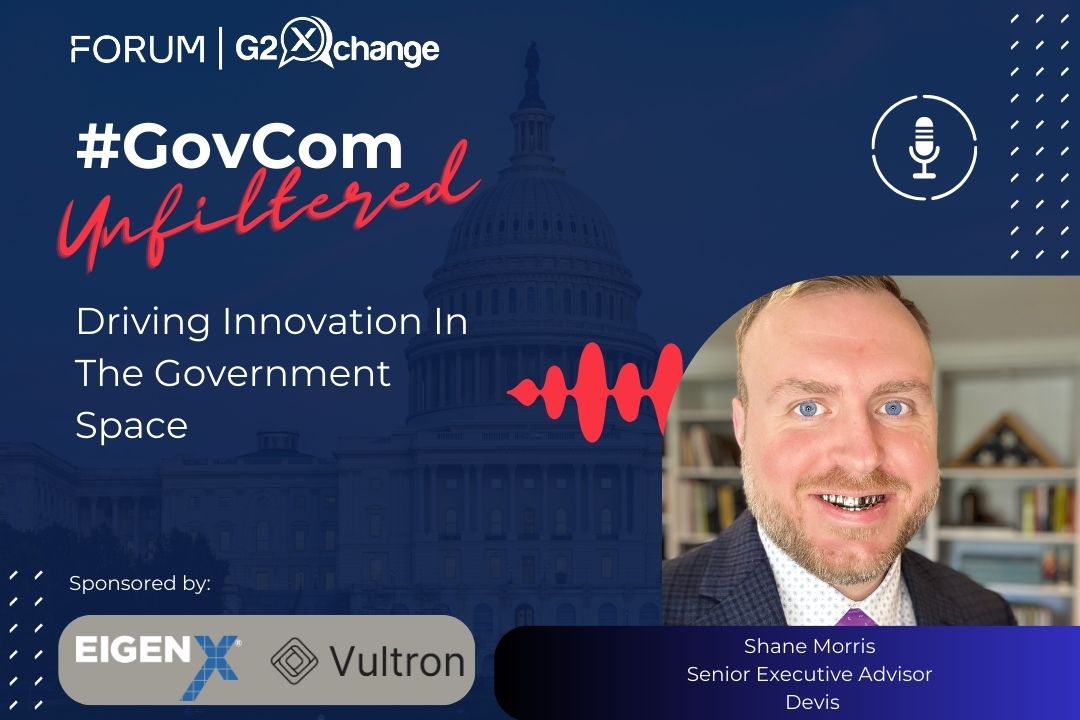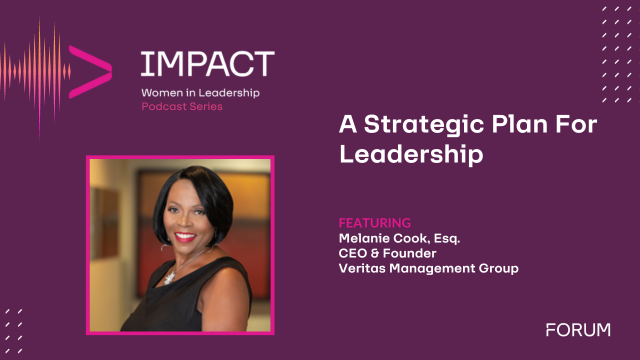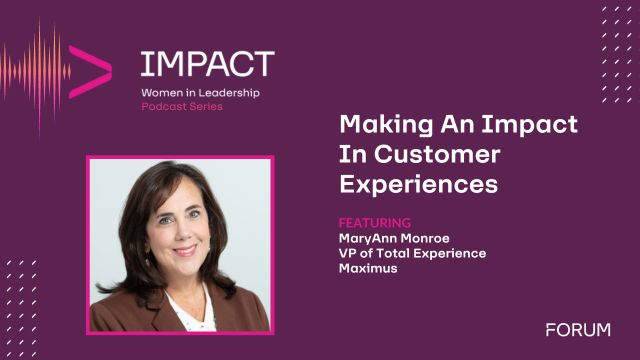By Brian Hebbel & Melissa Howell
In the movie The Wizard of Oz, Dorothy was quite surprised when she found out who the Wizard really was. Although he was hiding behind a curtain – a little unusual in the business world – the secrecy of his thoughts and decision making are not much different from industry’s view of Source Selection Officials and Contracting Officer’s Best Value award decisions.
Best Value
Most Federal Government contract award decisions today are based on Best Value. Of course, the definitions of Best Value are outlined in FAR Part 15 and how the award decision will be made, including the relative importance of the evaluation factors is outlined in the solicitation. But when it comes to industry’s knowledge and insight regarding how Best Value is determined by a Source Selection Official or Contracting Officer, it ends there.
Industry views the selection process as being held in secrecy, with little or no communication between the Government and industry officials before, or after, the proposal submission. As a result, if they are not awarded a contract, industry often views the process as unfair because debriefings most often are communicated in writing. If it is a GSA task order award, very little information, other than the basis of award and the winner’s price, is provided to unsuccessful offerors.
The Protest Threat
From the Contracting Officer’s perspective, Best Value procurements are often held with limited communication for a few reasons. Of course, they feel that along the road to award a contract, they have to dot their i’s and cross their t’s because industry likes to Protest. Whether it be true or not, the thought is that the more information they give industry, the more likely it is that a contractor will file a Protest. Their concerns are not unwarranted!
Today, a lot of Contracting Officers make their awards without discussion. From my perspective, this does not always result in the best awarded contract for the Government. Price negotiation and improving technical aspects, and an understanding of an offeror’s proposal and/or solution, go by the wayside in favor of making the award faster, reducing the risk that an unsuccessful offeror will obtain more information to be used in a Protest. i.e. You asked this question this way but a contractor misinterprets it, leading to a Protest. These Protests create havoc in the Government’s anticipated schedule, which is another reason Contracting Officers limit the communication.
Thus, when it comes to the communication and the award process, industry and Government have created an environment of apprehension and anxiety leading to a mystery behind Best Value determinations.
A Better Way
From an industry point of view, what are a few things contractors can do to improve their proposals to receive a Best Value award? I’m going to leave that up to my colleague, Melissa Howell, who just completed writing a 15-page paper on Best Value for her Master’s Program at George Mason University. The paper is titled: Inside Perspective on Source Selection Discretion: Insights for crafting a compelling best value proposal.
Takeaways and Tips
As a proposal professional working in the Federal marketplace, I am constantly seeking new insight into the individuals’ responsible for reading and evaluating our proposals. In an ideal situation, we would have a complete understanding of the person behind the decision-making. We would know the evaluator’s personal values and the business concerns that guide their judgment. We would be able to anticipate what information in the proposal they will easily absorb and hold onto and what they might filter out or question. Typically, though, we are not privy to this sort of information. Through interviews with former Acquisition Officials and extensive research on Best Value procurements, I explored perspectives on the use of discretion during source selection and from that insight, I developed takeaways and practice tips. A few of these are presented below.
Takeaway: SSAs view their responsibilities through the lens of their own past experiences and the needs of the agencies they serve. This affects the importance they assign to factors like cost, performance risk, and innovation and how they determine what is in the Government’s best interest.
Tip: Create a decision-making map for each of your customer organizations. The map should include the organization’s decision-making process and the names and roles of the decision-makers and influencers. Continue to refine the map with personal insights into the biases and preferences of these key players as your team collects this information. The larger the acquisition, the more critical it is to have this detail on hand.
The decision map should include the price evaluation methodology of your customer’s procurement organization. Generally, the procurement organization will use one of two different methodologies:
- Are those additional technical benefits worth the X more dollars we would pay for that?
- If the lowest price acceptable is our baseline, are we willing to pay that much more for that technical benefit?
The first methodology reflects a neutral cost-benefit analysis, while the second methodology shows a bias toward making an award to the low-priced offeror.
Takeaway: SSAs rely on the fuzziness of regulatory ambiguities and subjective source selection criteria to select solutions that best meet the needs of the agency. This fuzziness is particularly helpful when dealing with challenges like evolving agency requirements, evaluating poorly written proposals, or picking a winner when there is no clear-cut best proposal.
Tip: Use the Q&A process to clarify solicitation ambiguities. Your proposal will be evaluated against these ambiguities, and a feature that you thought was a strength may end up being evaluated as a weakness. Consider, for example, when the solicitation asks for innovation. Does this mean more capability for less money or more capability for the same price, or perhaps even some other unique cost-cutting measure?
Tip: During clarifications, carefully consider why you are being asked a question before you formulate your response. Try to validate whether the agency has experienced any changes that could impact the needs for the solution you proposed. It is a common misconception that clarification questions mean that the agency wants to make an award to you, and this may not be true.
Tip: Use your past performance and management writeups to diffuse any potential concerns about your company’s ability to perform, particularly if you are a small business.
Tip: Give the evaluators the data and language they need to support your higher-priced proposal. In the technical proposal, use adjectives (e.g., significantly better, faster, cheaper) and values (e.g., 25 times, 2% less) to describe the efficiencies of an added capability or validate your risk mitigation approach.
In your cost proposal, include notes that indicate the costs associated with the added capability and to what degree the capability exceeds the requirements. Objective, verifiable support for your added costs is essential to justify a higher price. If you can’t support it, don’t include it.
Tip: Winning the proposal is not sufficient if you are looking to secure your next big win. Your performance on existing programs and your reputation with the customer are critical to your future success.
Takeaway: The source selection authority’s biases and preferences and the agency motivators can influence selection of an offeror who is not the lowest priced or highest technically rated solution. These biases, preferences, and motivators are essential to the SSA’s exercise of good business judgement.
Tip: Reading GAO bid protest decisions is the best way to understand how GAO is interpreting the boundaries of the SSA’s use of discretion during source selections.
Tip: Regardless of whether it is listed as an evaluation factor, always consider addressing the cost and performance risks of your solution and how you will mitigate them.
Takeaway: While knowing one’s audience is not essential to good writing, it is essential to persuasive writing. The proposal writing industry provides proposal professionals with an abundance of reference material and training programs focused on good proposal writing. However, these training and reference materials are not written from the perspective of the insider—the SSA or the CO who must ultimately select the winning offeror.
Tip: Seek out training and seminars offered by experts with perspectives from the inside if you really want to understand the perspective of your Government customer.
The Bottom Line
Source Selection Officials and Contracting Officers have broad discretion when it comes to selecting a Best Value contractor for a particular solicitation. These individuals must rely on the technical evaluation and cost analysis as the basis of their selection. From a former Contracting Officer’s point-of-view, there are many things in my opinion that will lead to contractors to having a higher probability of being selected for award. Depending on the size and dollar value of the solicitation, the information used by the SSO or CO could be quite daunting. However, Contracting Officers are using their business acumen skills, common sense and information contained in the various reports to make this decision.
Contracting Officers receive training on Source Selection, but they don’t receive specific training on drafting and documenting a Best Value decision. Techniques and formats to write-up the Best Value decision are limited at best. However, in every agency, award decisions above a certain dollar threshold are reviewed by high authorities in the chain of command and the write-up faces increased scrutiny by the agency’s leaders.
To help breakdown some of these barriers, I created a new Best Value Training event with two other former Contracting Officers to aid industry in thinking about what they can place in their technical and business proposal to aid Source Selection Officials and Contracting Officers in selecting their proposal as the Best Value. It is being held on March 9th and you can see more information regarding this Best Value training here.
It will be interesting during this session to see what my to colleagues/ former Contracting Officers have to say regarding how they determined Best Value. I think industry will be surprised by the techniques we used that can be applied immediately to increase proposal wins rates and to better understand what goes on behind the curtain as they follow the Yellow Brick Road.
About Brian Hebbel
 Brian Hebbel had more than 34 years of Federal contracting experience, prior to his retirement in 2017. He was a Senior Acquisition Official (Group Director) at the Centers for Medicare & Medicaid Services, Office of Acquisition and Grants Management. Prior to his retirement, he was the longest serving contracting official at CMS, and provided oversight to three contracting divisions awarding $1,500,000,000 in contract awards in FY 2017 and providing guidance to acquisition strategies and schedules, solicitation requirements, source selection and resolving complex contracting issues. He is an author of “How to Market & Sell to the U.S. Government, A View from the Inside”. Brian is the President of BARC Business Advisors LLC, to Bring Acquisition Results to Contractors (BARC).
Brian Hebbel had more than 34 years of Federal contracting experience, prior to his retirement in 2017. He was a Senior Acquisition Official (Group Director) at the Centers for Medicare & Medicaid Services, Office of Acquisition and Grants Management. Prior to his retirement, he was the longest serving contracting official at CMS, and provided oversight to three contracting divisions awarding $1,500,000,000 in contract awards in FY 2017 and providing guidance to acquisition strategies and schedules, solicitation requirements, source selection and resolving complex contracting issues. He is an author of “How to Market & Sell to the U.S. Government, A View from the Inside”. Brian is the President of BARC Business Advisors LLC, to Bring Acquisition Results to Contractors (BARC).
About Melissa Howell
 Melissa Howell is a CF APMP member with 17 years of experience in the Federal marketplace and is currently the Proposal Director for Government Acquisitions. She recently completed her Master’s Degree in English in George Mason University’s Professional Writing and Rhetoric Program.
Melissa Howell is a CF APMP member with 17 years of experience in the Federal marketplace and is currently the Proposal Director for Government Acquisitions. She recently completed her Master’s Degree in English in George Mason University’s Professional Writing and Rhetoric Program.












